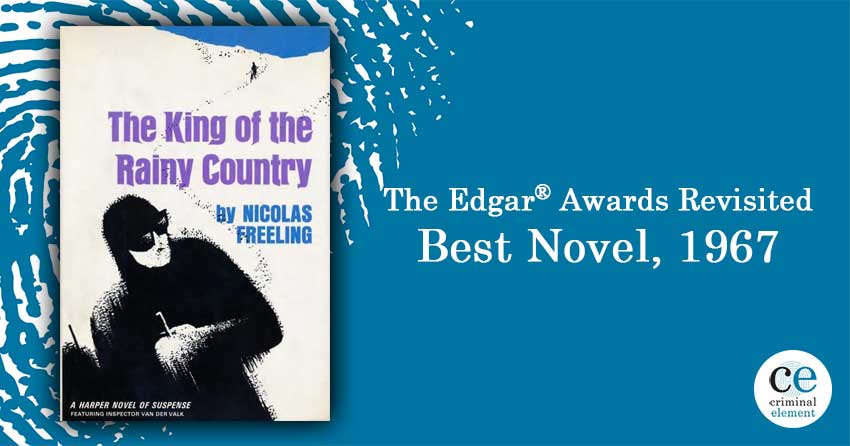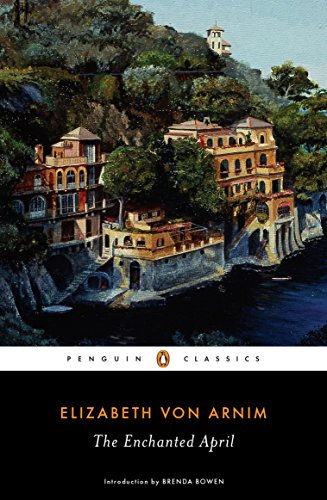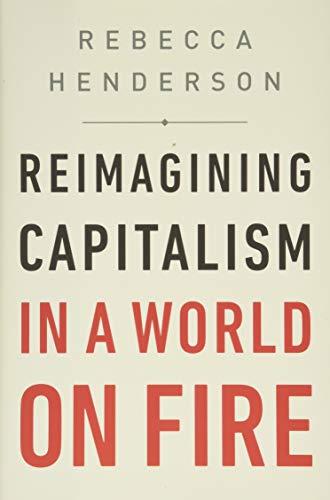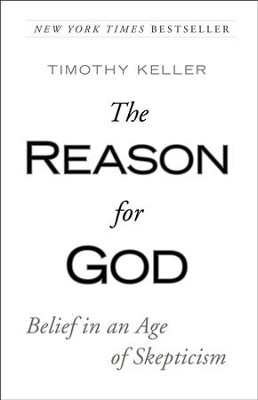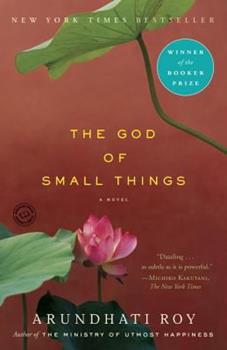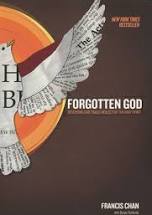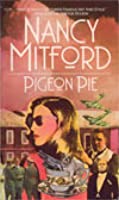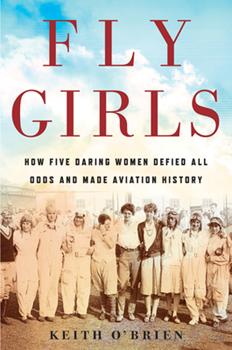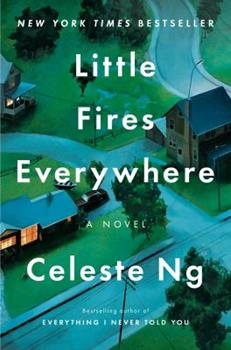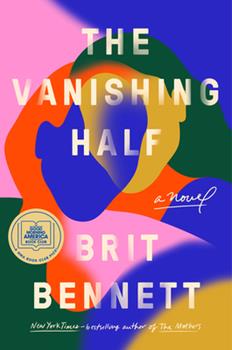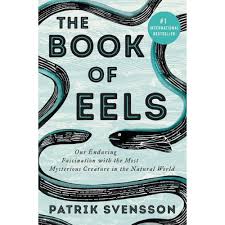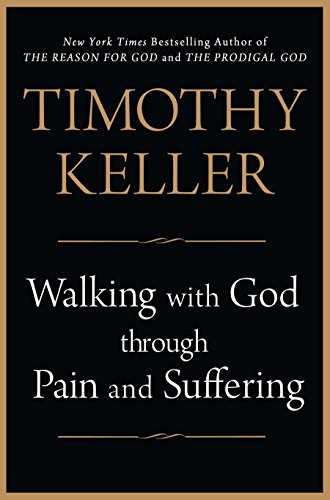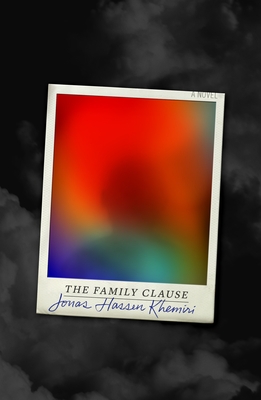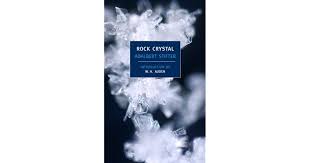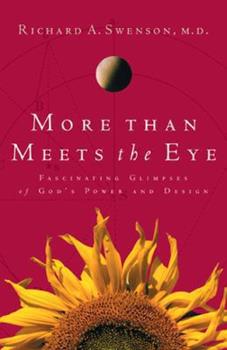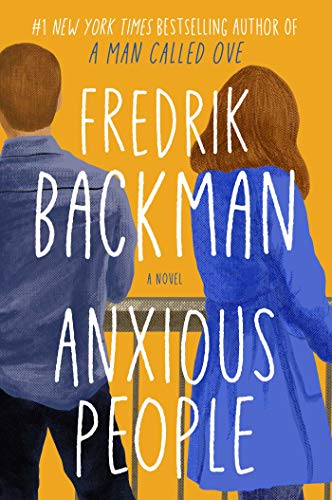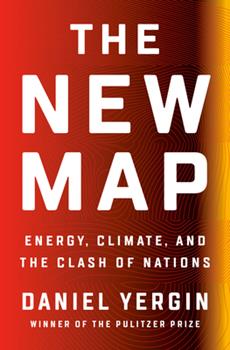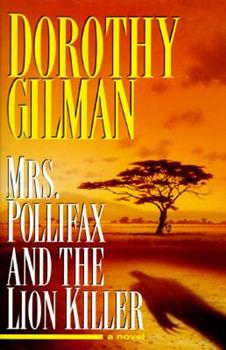
by Dorothy Gilman, 1996
Great characters, interesting setting and story. Mrs. Pollifax accompanies young Kadi back to the African country of Ubangiba, to help the young prince, Kadi’s childhood friend. Someone dressed as a lion is killing people. Rumors are it is the young prince, which is destroying the trust he needs from his people to right all the wrongs that have happened in his country under two evil dictators. Mrs. Pollifax meets Moses, a large man with scars on his face. She buys a bicycle from him. She also buys a gun in the black market, to give to Kadi to protect herself. She meets Sharma, a trusted witch doctor, who gives her cryptic information about there are watchers and there are watchers. Kadi is attacked by the lion killer, then, once she recovers from her injuries, she disappears from a camping trip. Mrs. Pollifax is attacked by the lion killer after someone else thought to be the lion killer was caught and imprisoned. Mrs. Pollifax, with her self-defense skills, hurts him as he is attacking her, and the real Lion Killer ends up being Joseph, the prince’s right-hand man. So now all is well in Ubangiba. Moses was the watcher who was watching and protecting Kadi and Mrs. Pollifax. He hid Kadi away to protect her and draw out the real Lion Killer. Fun book, good escape. Found this book in a Little Free Library.
